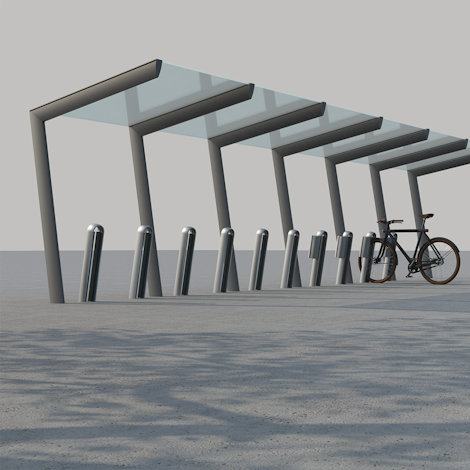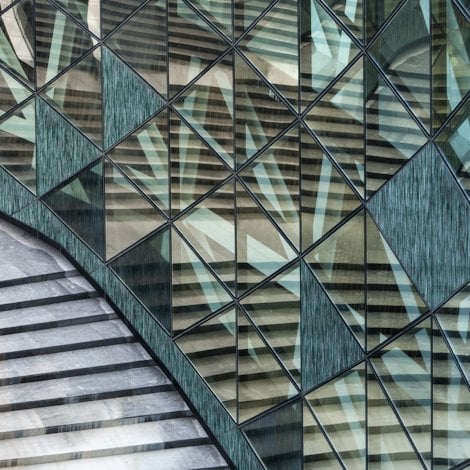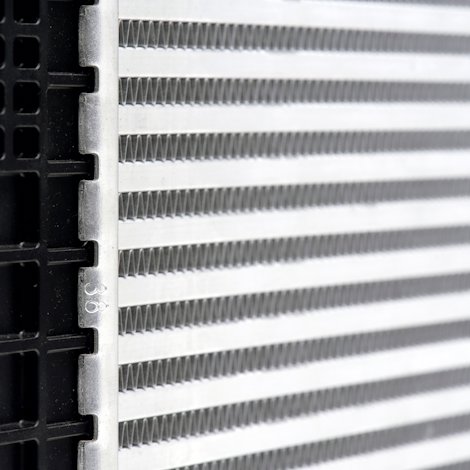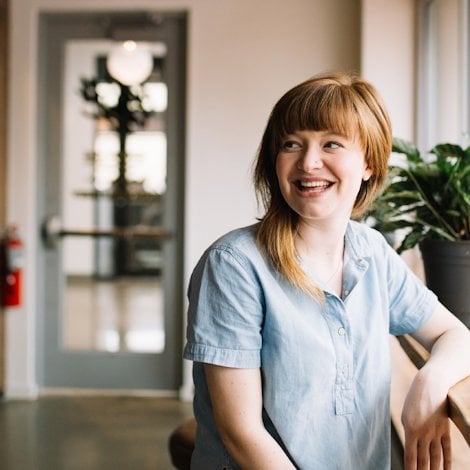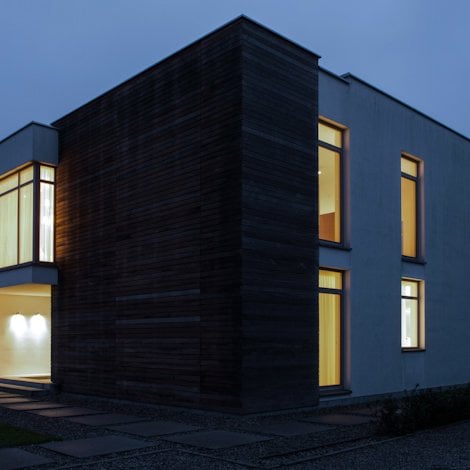Why going circular is a win-win for business and society
Circularity has a lot of levels. With our bikes, it is about closing the loop, not wasting anything. You maintain value and reuse. If you cannot reuse it, then you repair it. And at the end, recycling. I am passionate about circularity and the circular concept. It is right for society. It is better for everyone.
You need the right partners to be able to make your vision a reality, and that means finding the ones that share your vision. This can be difficult for a relatively small company like ours, but I would say the unique Swapfiets business model acts as a platform to work together with other companies with circular ambitions. We are now the largest mobility membership provider in Europe.
You know as well as I that it is very time-consuming to convince partners or companies to make the work more circular, if they aren’t already doing that. If you have the similar vision, and the partners are willing to take that step, then great things can happen. You can set up a new process or system. And it is more energizing because you are running in the same direction.
When I started looking for a partner that could help recycle scrap aluminium from our bikes, I was introduced to Hydro because we both work on circularity. I like their concept of recycled aluminium and low-carbon aluminium, and knew they wanted to forge partnerships with similarly minded companies.
Aluminium is the best option
There are a lot of parts and a lot of options to make a bike. What I have seen so far is that if you really need a load-bearing product, a bike frame, then metal is the best option. And aluminium is the one. We first had steel frames, but we learned that our aluminium frames had a longer lifetime than our steel frames, so all our bikes are now made with aluminium frames. And our aluminium frames are still going strong.
Bamboo is bio-based, but you need a lot of chemicals, you get a weak frame, and the lifetime is short. You cannot repair it. But when a frame is broken, it can hardly be repaired, regardless of the material. When it is broken, it is broken. This is why we choose materials with the longest lifetime.
The increased climate impact of aluminium is outweighed by the higher increase in product lifetime.
When we created our own bike design in 2016, we looked at the long run and about extending the life of our bikes. We also wanted to design a product that people would want to use. Sure, you can design something that is indestructible, but it could be a product that people may not want to buy.
Our bikes are popular – we have over 270,000 subscribing members – and they are still in our system. Building a 100% circular bike is our next step.
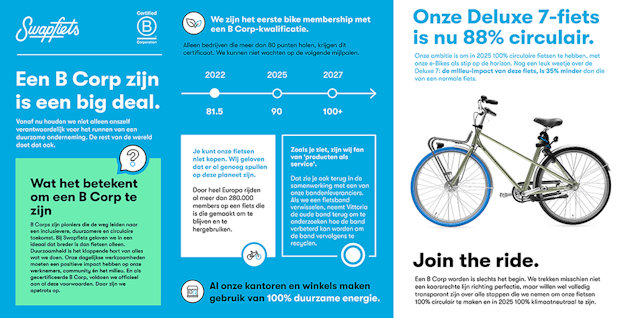
Much more than just recycling
Many things have happened that have contributed to the success of Swapfiets, including a bit of luck. But the concept is right for the society we live in. I have no doubt about that.
The circular economy is going to happen. EU regulations are already tying into low-carbon materials.
I try to live a sustainable life because it is more honest. Every time I am not on my bike, I feel like I need to. Every day, I cycle to work. I eat mainly vegetarian. I have a city apartment and try to reuse as much as possible. At the office, we are stopping single-use plastic, plastic, improving our recycling capabilities, using green electricity and no gas, and, of course, everyone working at Swapfiets receives a bicycle to cycle to work.
I started thinking this way when I was young. I grew up in a rural area and was always motivated by my parents to not be over-consumed, to be careful with my things. It was part of my culture.
The climate crisis has made it more personal. And only when I started Swapfiets was I introduced to the circular economy, which I'm a big advocate of right now, because it just makes sense.



